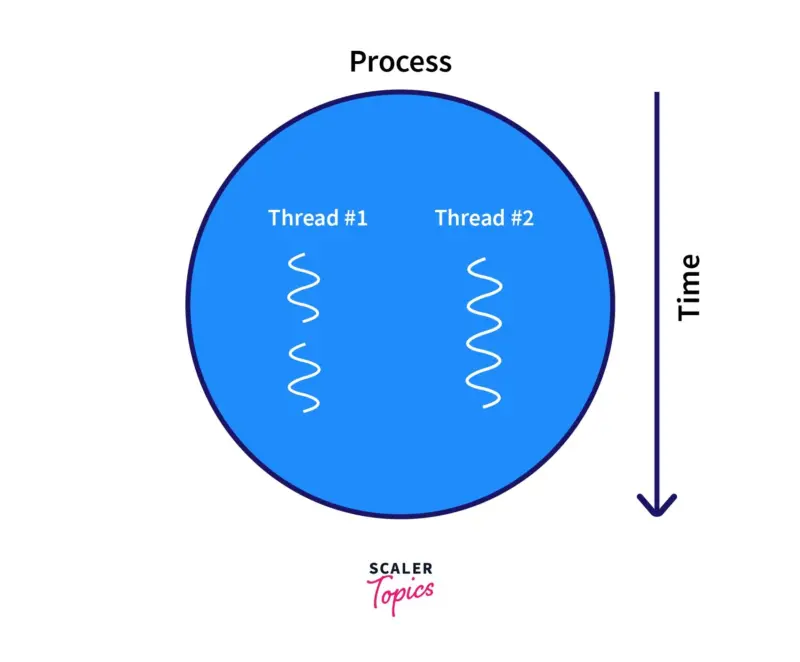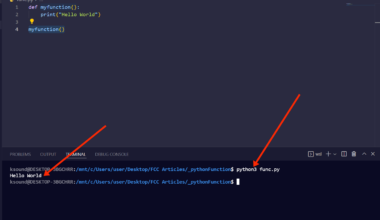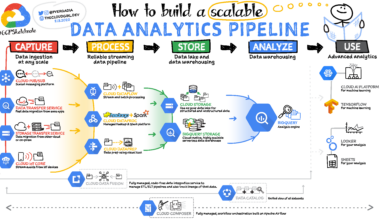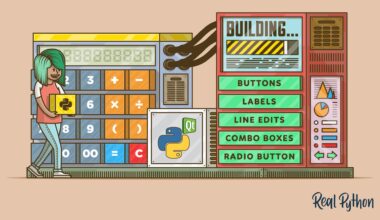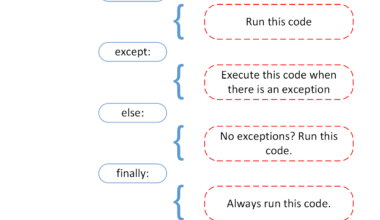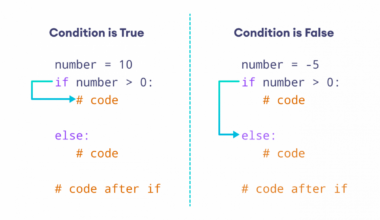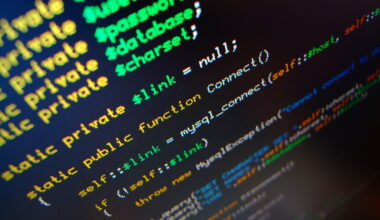Introduction to Python Threading
Python Threading is a powerful technique that enables developers to create multitasking programs. With Python Threading, you can execute multiple threads of code simultaneously, allowing you to perform multiple tasks concurrently. This article will introduce you to the concept of Python Threading, explain its benefits, and provide a step-by-step guide on how to implement it in your programs.
Benefits of Multitasking with Python Threading
Multitasking with Python Threading has several benefits, including:
1. Improved Performance: Python Threading enables you to execute multiple tasks concurrently, which can significantly improve the performance of your programs.
2. Efficient Resource Utilization: Threading allows you to utilize system resources efficiently, as you can perform multiple tasks without having to wait for one task to complete before moving on to the next.
3. Enhanced User Experience: With Python Threading, you can create responsive and interactive user interfaces, as the user can interact with the interface while the program is executing other tasks in the background.
How to Implement Python Threading
Implementing Python Threading is a simple process that involves the following steps:
1. Import the threading module: You need to import the threading module in your program to use Python Threading.
2. Create a Thread: To create a thread, you need to define a function that will be executed concurrently.
3. Start the Thread: Once you have defined the function, you need to start the thread using the start() method.
4. Join the Thread: To ensure that all threads have completed their execution before the program exits, you need to join all threads using the join() method.
Common Pitfalls to Avoid in Python Threading
When implementing Python Threading, there are several common pitfalls that you need to avoid, including:
1. Race Conditions: Race conditions occur when two or more threads access the same resource simultaneously, leading to unpredictable behavior. You can avoid race conditions by using locks, semaphores, or other synchronization primitives.
2. Deadlocks: Deadlocks occur when two or more threads are waiting for each other to release a resource, resulting in a deadlock. You can avoid deadlocks by using timeouts, avoiding nested locks, and using a fixed locking order.
Real-World Examples of Python Threading in Action
Python Threading is used in several real-world applications, including:
1. Web Scraping: Python Threading is used in web scraping applications to fetch data from multiple web pages simultaneously.
2. Gaming: Python Threading is used in gaming applications to create responsive and interactive user interfaces.
3. Machine Learning: Python Threading is used in machine learning applications to speed up the training of machine learning models.
In conclusion, Python Threading is a powerful technique that can significantly improve the performance of your programs. By following the steps outlined in this article, you can implement Python Threading in your programs and start reaping the benefits of multitasking. However, it is important to be aware of the common pitfalls and take measures to avoid them. With Python Threading, you can create responsive, interactive, and efficient programs that can handle multiple tasks simultaneously.
